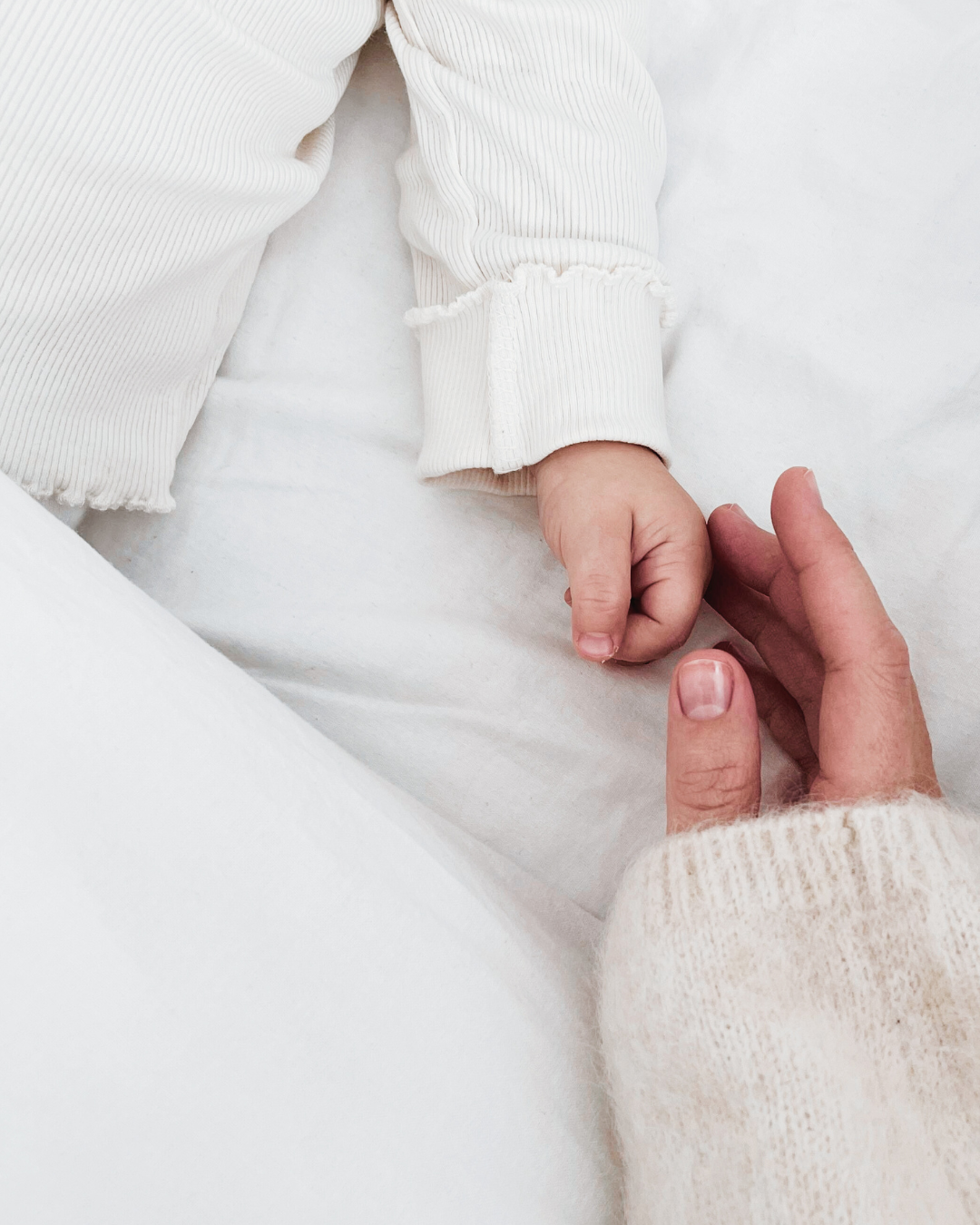Teaching Your Baby Independent Sleep

As a parent, one of the biggest challenges you may face is helping your baby learn to sleep independently. Sleep is essential for your baby’s development, but getting them to sleep on their own can sometimes feel like a never-ending struggle. The good news is that with patience, consistency, and a little know-how, you can help your baby learn the vital skill of independent sleep.
Why Independent Sleep is Important
Independent sleep refers to your baby’s ability to fall asleep and stay asleep on their own, without needing to be rocked, held, or fed to sleep each time they wake up. This doesn’t mean leaving your baby to cry alone; rather, it means encouraging them to self-soothe and fall asleep without relying on external cues.
Here are a few reasons why teaching independent sleep is beneficial:
- Better Sleep Quality: When babies can self-soothe, they can settle back to sleep when they naturally wake up during the night. This means less disruptive sleep for both baby and parents.
- Healthy Sleep Habits: Establishing good sleep habits early on can help ensure your baby gets the rest they need for optimal growth and development.
- More Rest for Parents: Independent sleep can lead to longer stretches of sleep for both you and your baby, which can help everyone feel more rested.
When to Start Teaching Independent Sleep
Many parents wonder when is the best time to start teaching their baby independent sleep. The answer depends on your baby’s age, temperament, and your family’s unique needs. Typically, most sleep consultants recommend starting at around 4 to 6 months of age. At this stage, babies are developmentally ready to begin learning how to fall asleep on their own.
Before this age, babies still rely on nighttime feedings for nutrition and comfort, and it’s important to meet those needs. However, once your baby has reached the 4-6 month mark and is no longer waking for nighttime feedings (or is down to just one or two feedings), you can begin implementing strategies for independent sleep.
Steps to Teaching Independent Sleep
- Create a Consistent Sleep Environment
A predictable and comfortable sleep environment is essential for promoting independent sleep. Here’s what you can do:
- Establish a Sleep Routine: A consistent bedtime routine helps signal to your baby that it’s time to wind down. This could include activities like a warm bath, reading a short story, or gentle rocking. Keeping the routine calm and predictable will help your baby feel secure.
- Comfortable Sleep Space: Ensure your baby’s crib or sleep space is safe, comfortable, and quiet. Consider using a white noise machine to drown out background sounds and make the environment more peaceful.
- Encourage Self-Soothing Techniques
One of the key elements of independent sleep is teaching your baby how to self-soothe. Self-soothing is the ability to calm themselves back to sleep without relying on a parent to intervene. You can encourage this by:
- Allowing Small Cries: It’s okay to let your baby fuss for a few minutes before picking them up. This gives them a chance to figure out how to self-soothe and settle down on their own.
- Use a Pacifier: Some babies find comfort in sucking on a pacifier, which can help them self-soothe and drift off to sleep.
- Gradual Retreat Method: If you’re uncomfortable with letting your baby cry, you can gradually reduce your involvement in helping them fall asleep. Start by sitting next to their crib and soothing them with your voice. Over time, gradually move farther away until they can fall asleep independently.
- Be Consistent
Consistency is key when teaching your baby independent sleep. Pick a sleep training method that feels right for you and stick with it. Babies thrive on routine, so the more consistent you are in your approach, the quicker your baby will learn to fall asleep on their own.
If you’re using a method like the Ferber method (gradual cry-it-out) or the no-tears method, it’s important to commit to the plan for at least a few weeks to see results. The process can be tough at first, but with patience, your baby will start to make progress.
- Be Patient and Gentle
Every baby is different, and some may take longer to learn how to fall asleep on their own. It’s important to be patient and gentle with your baby as they adjust to their new sleep routine. If your baby is having a particularly tough time, consider scaling back and trying a gentler approach.
Remember, you’re not abandoning your baby; you’re helping them develop the important skill of independent sleep. With time and support, they will learn to sleep through the night on their own.
Troubleshooting Common Challenges
- Sleep Regression: Around 8-10 months, many babies experience a sleep regression where they wake more frequently at night or have difficulty falling asleep. This is normal and typically temporary. Stick with your sleep training plan, and your baby will adjust.
- Separation Anxiety: At around 9-12 months, babies may experience separation anxiety, which can make it harder for them to sleep alone. Be reassuring, but remain consistent with your sleep routine.
- Teething or Illness: When your baby is teething or feeling unwell, they may have trouble sleeping independently. In these cases, it’s okay to offer extra comfort and then return to your sleep training routine once they’re feeling better.
Conclusion
Teaching your baby independent sleep is a gradual process that requires consistency, patience, and a lot of love. By creating a supportive sleep environment, encouraging self-soothing, and sticking with your plan, you’ll help your baby develop the skills they need to sleep soundly on their own—and you’ll both enjoy the benefits of more restful nights.
Remember, it’s okay to seek help if you feel stuck. Sleep consultants are here to provide personalized strategies for your family’s needs. Sweet dreams ahead!
Restful Baby Blog





